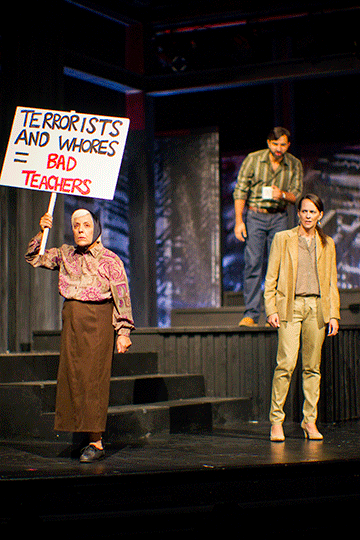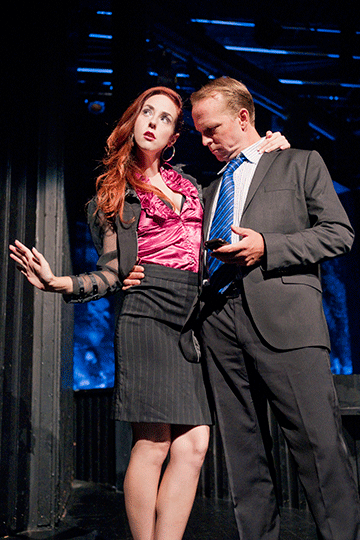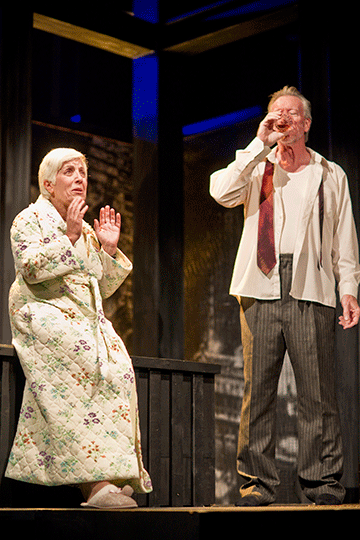We the Family world premiere
Canadian playwright George F. Walker’s work hits U of T
The world premiere of Canadian playwright George F. Walker’s latest play, We the Family, came to an end a few weeks ago at Hart House. Known for his “honest, gritty” approach, Walker’s newest creation is no exception. The primary focus of the play, according to director Andrea Wasserman, is “how racism… is something we all own and practice to varying degrees.”
Set in multicultural Toronto, the plot explores two dysfunctional, culturally diverse families that have been thrown together— the Jewish-Catholic Kaplans and the Chinese-Canadian Lees. Following the marriage of his son, audiences watch as lead character David Kaplan’s inconsiderate and cold-hearted economic view of family quickly disintegrates the relationships around him. When his son and new daughter-in-law are kidnapped and ransomed during their honeymoon, he refuses to meet the kidnapper’s demands, ignoring pleas from his family.
The audience is drawn in only to quickly feel alienated from the characters while racist stereotyping continually mounts— the Irish-Catholic slips back into alcoholism, the (ex-) Jewish lead penny-pinches at the cost of his son’s life— until the fast momentum of the drama ends in multiple murders. As a university student used to being in an environment that harbors equality and a safe-space mentality, the blatant, in-your-face racism coming through every scene was a shock to the system.
Adjusting to the flagrant story line, the audience was at times alarmed to find humor in some of the racist jokes. Short, stifled laughs were often heard during the show. Through the overlying theme of racism, Walker exposes an underlying tension in Toronto’s culturally diverse community. We don’t have to look too far to find relevance in what Walker is trying to do with the play’s exposure of racism, considering the recent and disturbing white students union posters that have been circulating around the downtown campuses.
Hart House theater lent itself easily to the dark, alienating effect the audience felt from the characters. The action took place in front of a large folding-screen backdrop that helped to highlight themes of deceit and speedy interchange between scenes. On the windows of the screen was a series of monochrome, cityscape prints. Functioning as a motif, it seamlessly fused together an element of Chinese culture and the play’s overall stark picture of familial morality. The many levels on stage signaled the on-edge relationships being depicted, as well as the constant shifting of time and space. This occurrence captivated the audience as they watched the breakdown of each of the characters’ worlds.
Walker’s latest piece of theater matched audience expectations of his work. Through Wasserman’s direction, another dark, stark, and bold world created by Walker was brought to the stage. The audience seemed sufficiently startled and likely left the theater contemplating the relationships around them.
Photos courtesy of Scott Gorman



